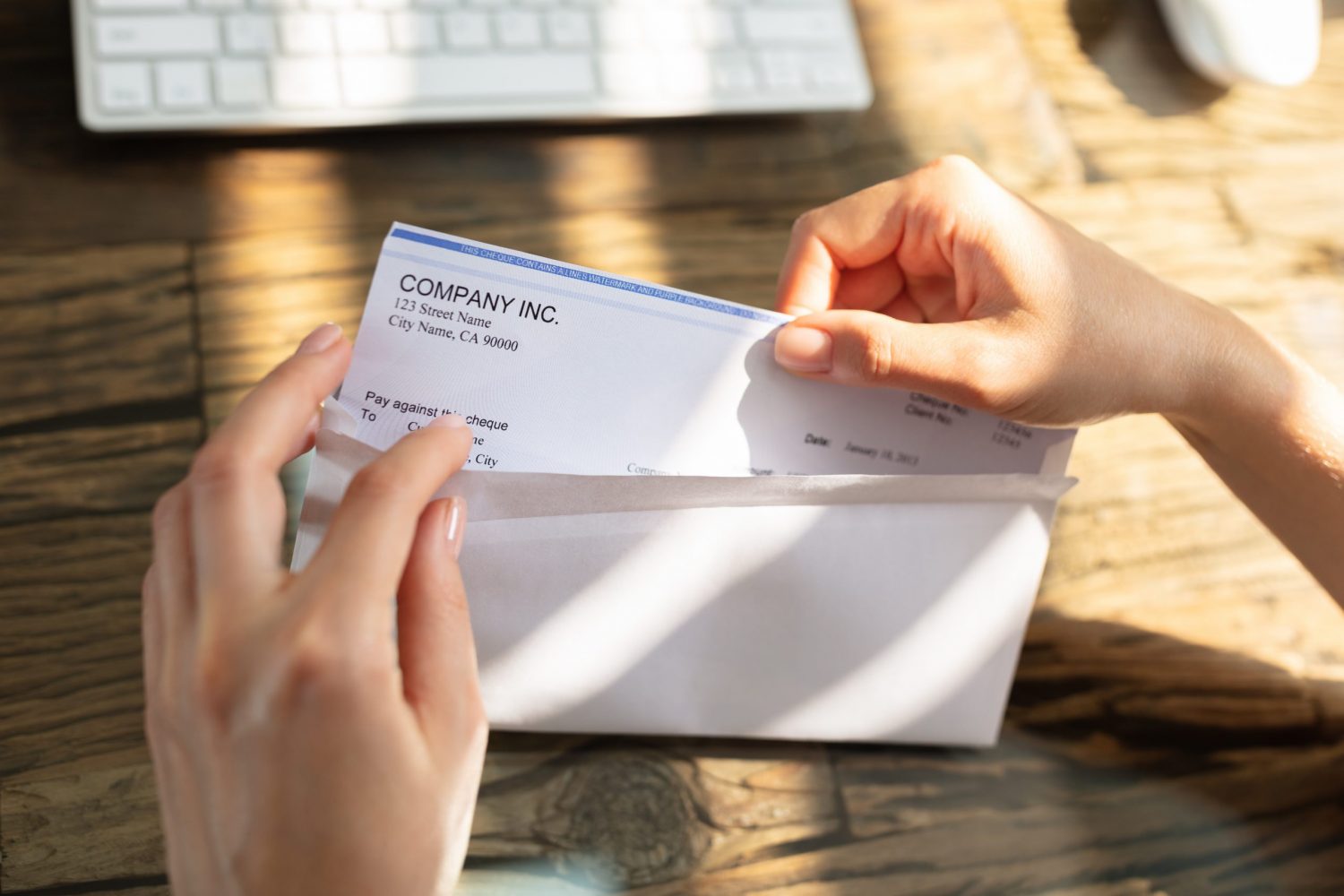If you have leftover financial aid money from things like student loans, you can use this money toward other education-related expenses. Be aware that the IRS will tax this money as income.
Multiple Funding Sources
Financial aid from grants, scholarships, and student loans will help you cover the costs of your education.
Each year, you must fill out and submit the Free Application for Federal Student Aid (FAFSA). This allows the federal government, your state government, and your college or university to determine the programs for which you are eligible. Your school will then send you information about the forms of financial aid you can apply toward your tuition and other education expenses.
Most students combine sources of financial aid to cover their school costs, but if you receive enough money from need-based grants and merit-based scholarships, you will not need to take out student loans. In fact, you may even get enough award money that you have leftover financial aid.
What happens if you do not use all your financial aid money? What should you do with leftover financial aid awards?
How Does Financial Aid Work and What if I Get a Refund?
Financial aid money is awarded by the school to students who qualify, but your school will likely apply your tuition and associated fees to the financial aid amount you have. This means that you will not receive a check for the total amount of your financial aid. 
Instead, the school will use what it needs to cover your individual expenses related to your education. If you live on campus, your school will also deduct the cost of your dorm or apartment from your financial aid.
These expenses may not be automatically taken out of your financial aid by your school:
- Textbooks
- Laptops
- Lab equipment or fees
- Specific items, like a certain type of shoe required for a class
- Other materials, like notebooks
These are considered education expenses, however, so you should use financial aid to cover these costs. When you take out financial aid like student loans to cover these costs, your school must disburse this money in a reasonable amount of time before the semester starts. If they do not, the federal government requires them to help you find another way to cover those costs since they are education-related expenses.
Once your school expenses are covered, you are entitled to a refund. You can expect to receive this refund a few days after the semester begins. Schools want to ensure all their expenses are covered before they distribute money.
If you have leftover money, you have some basic options:
- Leave the additional money in an account with your school.
- Get the money as a direct deposit into your bank account, if you have a personal checking or savings account through a preferred bank with your school.
- Ask for a check, which you can pick up or have mailed to your current address.
Schools often wait until at least a few days after the add/withdraw date, so they know how many classes you are taking and can determine your tuition amount. If you withdraw from classes or are late adding classes, this can affect when you receive your financial aid award check.
Some scholarships or grants may not let you apply funds to your living expenses, so check the terms of your financial aid awards to ensure you meet the requirements. If you do not use all of your financial aid award money, you have options on how it is spent.
What Happens if I Didn’t Use All of My Financial Aid Money?
Since financial aid is intended to cover your education expenses, schools expect students to use as much as they need to pay for direct and indirect costs. Once you receive an overage check from your financial aid, the Internal Revenue Service (IRS) may count this as income, so you will have to file taxes. This income might affect your FAFSA information. 
When you receive a refund check for financial aid overage, you must submit information on your taxes to the IRS, like:
- Amounts used for incidental expenses, including living off campus, travel, and optional equipment (items not required for your coursework)
- Amounts received as payments for your services, like teaching, including money awarded through some graduate fellowship programs
Your school will send you a tax receipt for you to file the Form 1040 at the end of the year. Even if you did not use this money and have it in a savings account, it is considered income by the IRS so you must file it appropriately.
What if I Take Out More Loan Money Than I Need?
It is possible that you miscalculated your expenses for the year and asked for more money in student loans than you actually need. Your school will still send you a refund check in this case, but keep in mind that the money you receive is still borrowed money. You will accrue interest on it, and you will have to repay that principal amount.
While scholarship and grant money is “free money,” student loans are not. If you have high living expenses, you can use your student loan refund to cover those costs. However, if you have your living expenses covered and do not need the refund check, you should return this money. That way, you do not pay accruing interest over the next 10 or more years on money you did not need.
You can also turn down money you don’t need. For example, if you are eligible for the Pell Grant, a merit-based academic scholarship, subsidized student loans, and unsubsidized student loans, you do not need to accept all of these forms of financial aid. If the Pell Grant and the merit-based scholarship cover your needs, you do not need to borrow any money.
If you need a student loan, ask for an amount that covers your remaining education costs. Consider if you have the time to get a part-time job to cover your living expenses.
Use Financial Aid Refunds to Stay Financially Stable
It is important to exercise fiscal responsibility with any financial aid refunds. Make sure you understand what happens if you don’t use all of your financial aid award money, so you can make good decisions about which expenses to cover.

